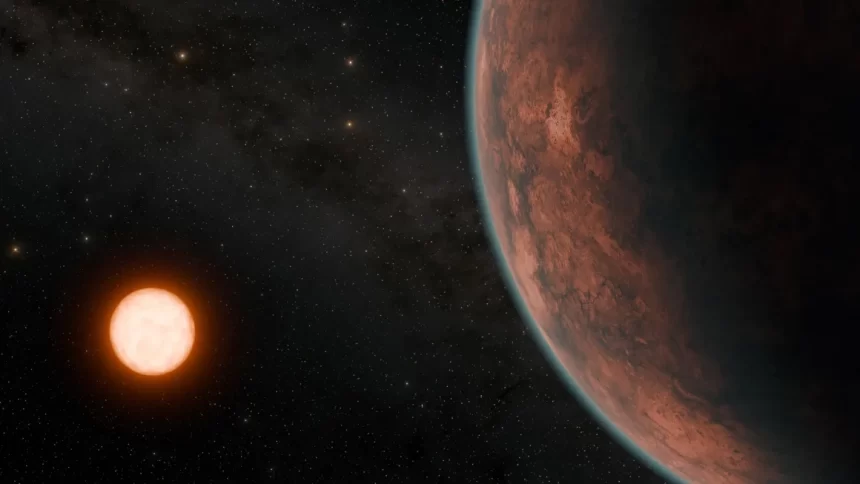Two teams of scientists have discovered a theoretically habitable planet, smaller than Earth but bigger than Venus, orbiting a small star about 40 light-years away.
The exoplanet, named Gliese 12b, orbits a cool red dwarf star situated in the constellation Pisces and is about 27% the size of our sun and 60% of its temperature, according to the two studies published on Thursday in The Astrophysical Journal Letters and Monthly Notices of the Royal Astronomical Society.
Since its star is so much smaller than the sun, Gliese 12b still falls within the habitable zone — the ideal distance away from a star where liquid water can exist — even though it completes its orbit every 12.8 days.
Working on the assumption that the exoplanet doesn’t have an atmosphere, scientists calculated its surface temperature to be around 107 degrees Fahrenheit (42 degrees Celsius).
“We’ve found the nearest, transiting, temperate, Earth-size world located to date,” said Masayuki Kuzuhara, a project assistant professor at the Astrobiology Center in Tokyo and co-leader of one of the research teams with Akihiko Fukui, a project assistant professor at the University of Tokyo, in a statement.










